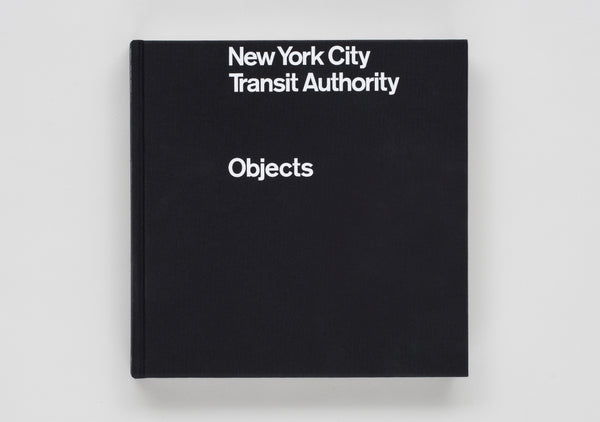
$ 55.00
About
New York City Transit Authority: Objects contains over 400 artifacts related to the New York City Subway, collected and documented by photographer Brian Kelley.
Kelley started collecting MTA MetroCards in 2011, and he quickly became fascinated by other Subway-related objects. This catalogue is the first of its kind — presenting a previously uncollated archive of ephemera dating back to the 1850s.







































